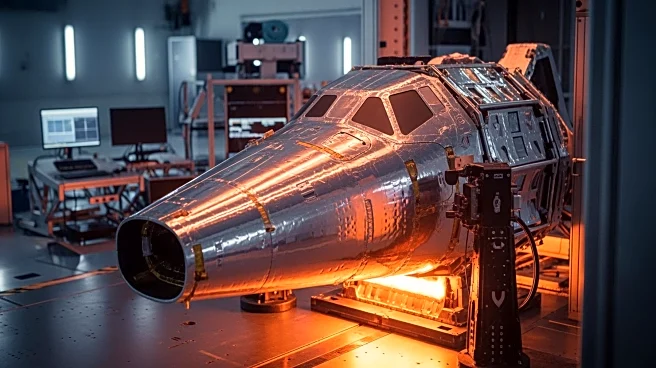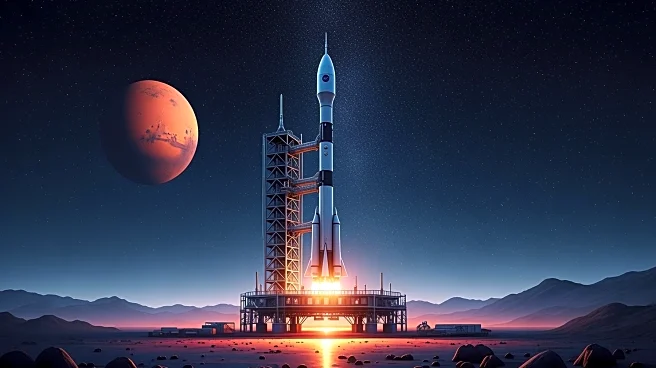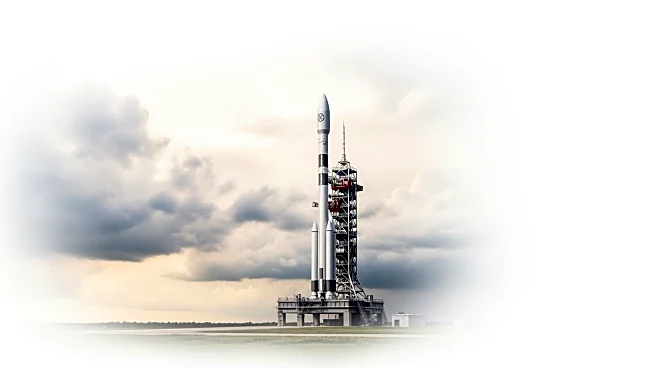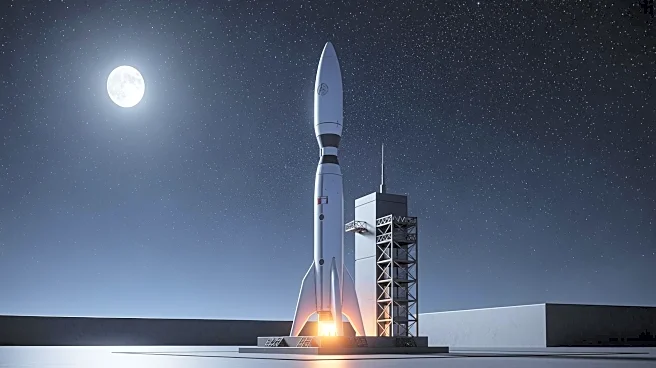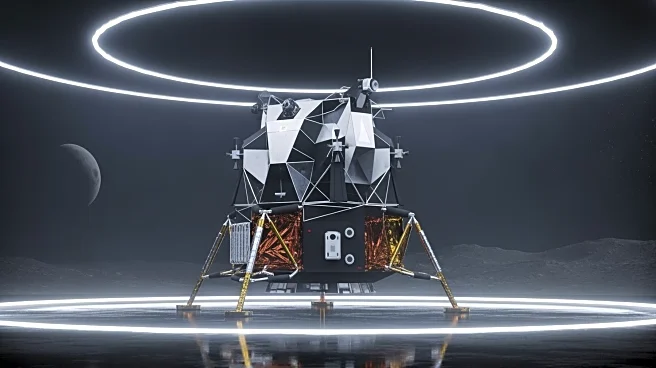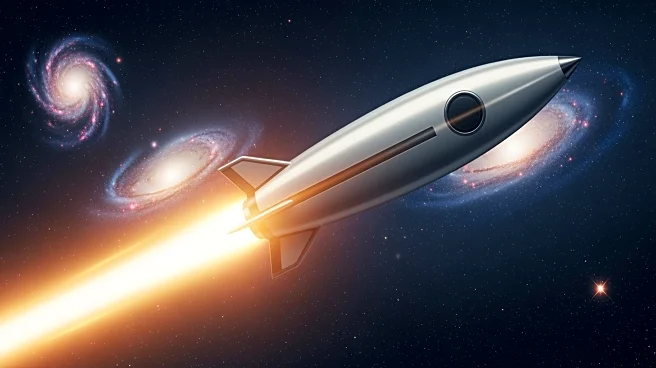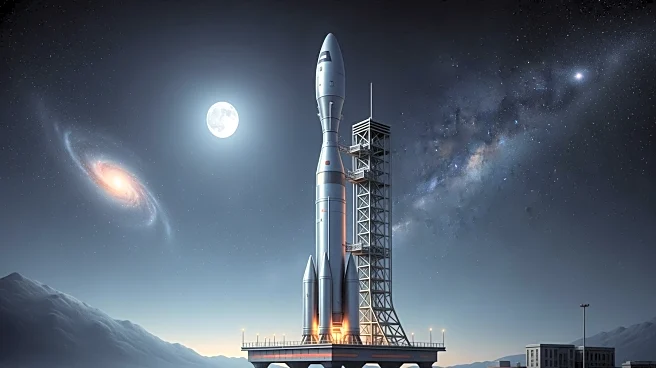What's Happening?
SpaceX is preparing for the first flight of its Starship V3, which is expected to attempt full orbital insertion and serve as the first platform for cryogenic propellant transfer in orbit. This ambitious
test follows the final flight of the second-generation Starship, which was designed to stress the spacecraft's thermal protection system to failure. The upcoming V3 variant will feature enhanced propellant capacity and a larger physical profile, marking a significant leap in SpaceX's reusable heavy-lift system capabilities.
Why It's Important?
The success of Starship V3 could revolutionize space travel by enabling fully reusable heavy-lift systems, impacting government spaceflight, commercial launches, and interplanetary missions. Orbital refueling is crucial for long-duration missions, including NASA's Artemis program, which relies on Starship for lunar surface transportation. This development could significantly reduce costs and increase the feasibility of deep-space exploration, positioning SpaceX as a leader in next-generation space technology.
What's Next?
The first flight of Starship V3 is slated for early 2026, with SpaceX focusing on achieving orbital refueling capabilities. This will be a critical test for the vehicle's architecture, determining its ability to support complex missions such as lunar descent and planetary return. Success in these areas could pave the way for more ambitious interplanetary missions and further collaboration with NASA and other space agencies.


